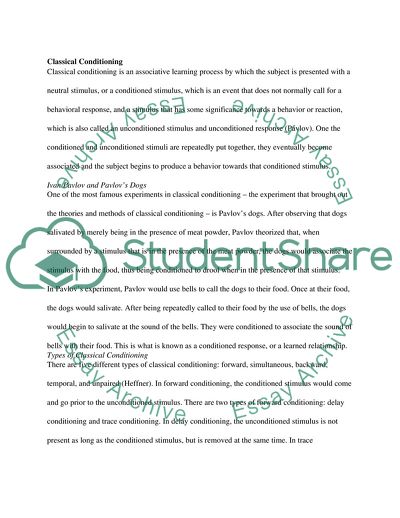Cite this document
(Learning and Conditioning Applied to Psychology Coursework - 4, n.d.)
Learning and Conditioning Applied to Psychology Coursework - 4. https://studentshare.org/psychology/1717826-psychology
Learning and Conditioning Applied to Psychology Coursework - 4. https://studentshare.org/psychology/1717826-psychology
(Learning and Conditioning Applied to Psychology Coursework - 4)
Learning and Conditioning Applied to Psychology Coursework - 4. https://studentshare.org/psychology/1717826-psychology.
Learning and Conditioning Applied to Psychology Coursework - 4. https://studentshare.org/psychology/1717826-psychology.
“Learning and Conditioning Applied to Psychology Coursework - 4”. https://studentshare.org/psychology/1717826-psychology.


